Top 10 most developed provinces in Thailand (Excluding Bangkok)
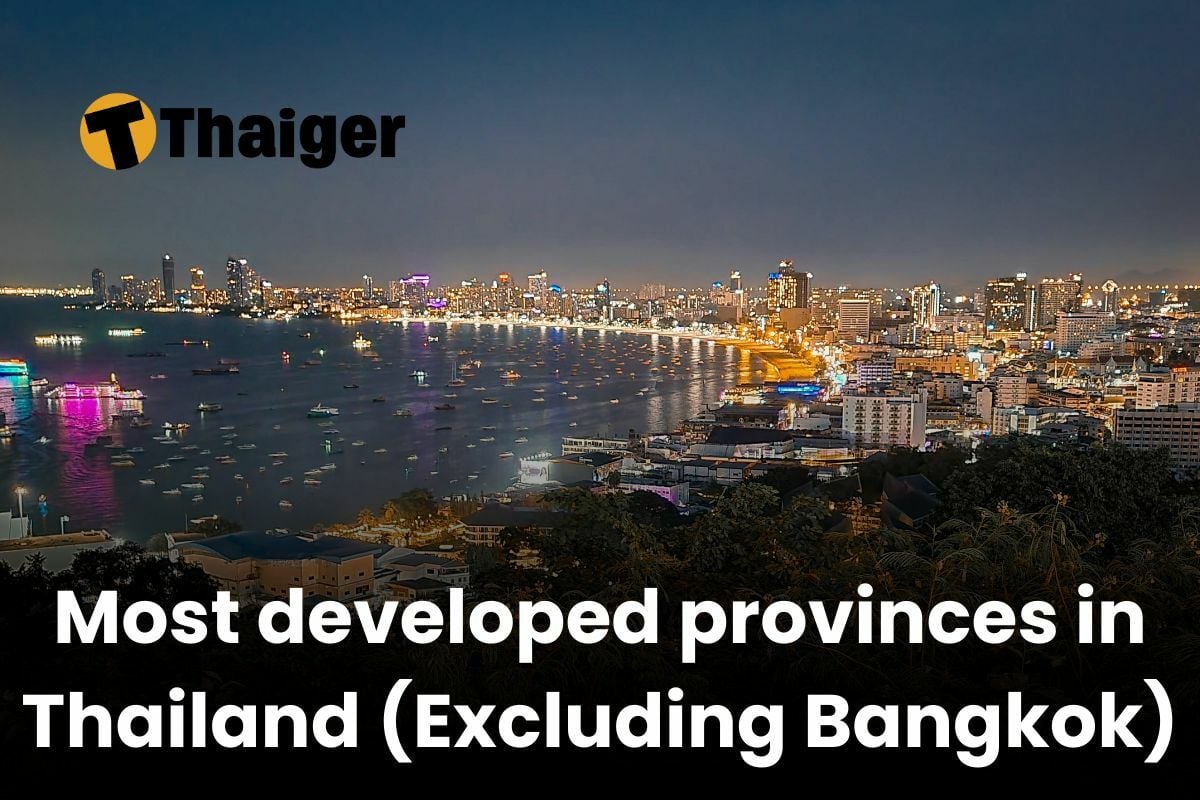
Thailand is divided into 76 provinces, each contributing to the nation’s vibrant tapestry. Among them, certain provinces stand out for their technological advancements and economic prowess. For instance, Chonburi, recognised as the most advanced province in terms of industrial development and tourism, showcases how innovation can thrive alongside natural beauty.
These developed provinces not only lead in technology but also in economic development, infrastructure, and quality of life. From bustling urban centres to serene coastal areas, they offer a diverse array of experiences and opportunities. As you delve into the top 10 most developed provinces, you’ll gain a deeper appreciation for Thailand’s impressive growth trajectory.
10 most developed provinces in Thailand
Data analysis of provinces in Thailand
Bangkok has been omitted since it is a definite and clear winner of being the most developed province in Thailand according to the statistics provided from the source.
| Rank | Province | Score |
|---|---|---|
| 1 | Chonburi Province | 62.59 |
| 2 | Samut Prakan Province | 48.70 |
| 3 | Chiang Mai Province | 38.09 |
| 4 | Rayong Province | 38.01 |
| 5 | Nonthaburi Province | 37.87 |
| 6 | Nakhon Ratchasima Province | 31.53 |
| 7 | Pathum Thani Province | 30.32 |
| 8 | Songkhla Province | 27.93 |
| 9 | Khon Kaen Province | 27.34 |
| 10 | Phra Nakhon Si Ayutthaya | 25.72 |
These provinces include Chonburi, Nonthaburi, and others, reflecting their significant contributions to the national economy. This information is compiled from reliable sources such as Line Today and it should be noted that these statistics specify the year 2022.
1. Chonburi Province
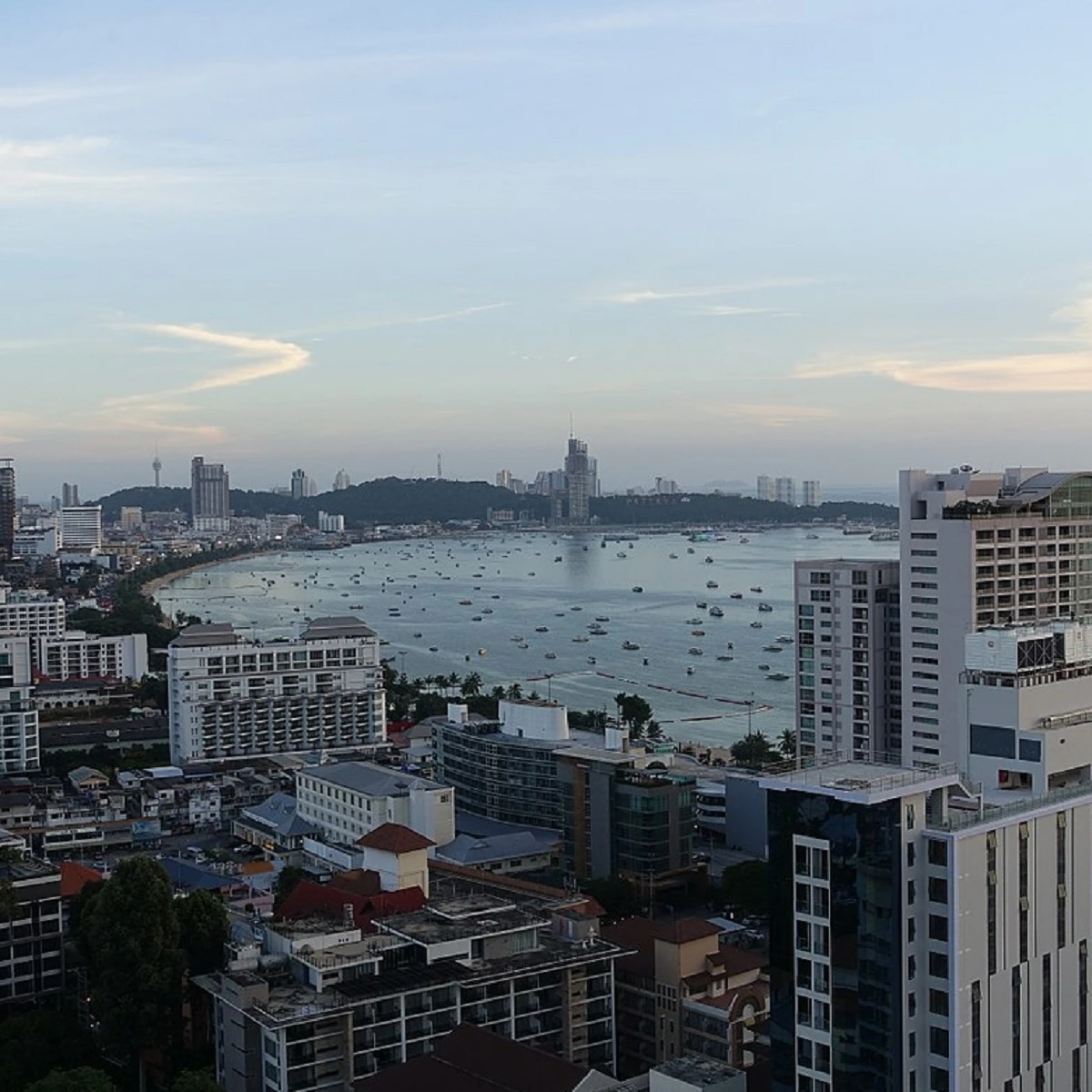
Chonburi province’s appeal as one of the top ten provinces in Thailand stems from its strategic location, economic opportunities, and rich cultural heritage. The province boasts a well-developed infrastructure that includes modern highways and public transport systems, facilitating easy access to key areas. Situated approximately 80 kilometres from Bangkok, Chonburi serves as a popular getaway for both locals and tourists seeking a coastal escape.
Additionally, Chonburi’s commitment to sustainable development and tourism ensures that it remains an attractive destination for both residents and visitors. The blend of urban amenities with natural beauty makes Chonburi a desirable place to live and work. Beyond tourism, Chonburi plays a crucial role in Thailand’s economy as part of the Eastern Economic Corridor (EEC), which promotes industrial development and investment in the region.
2. Samut Prakan Province
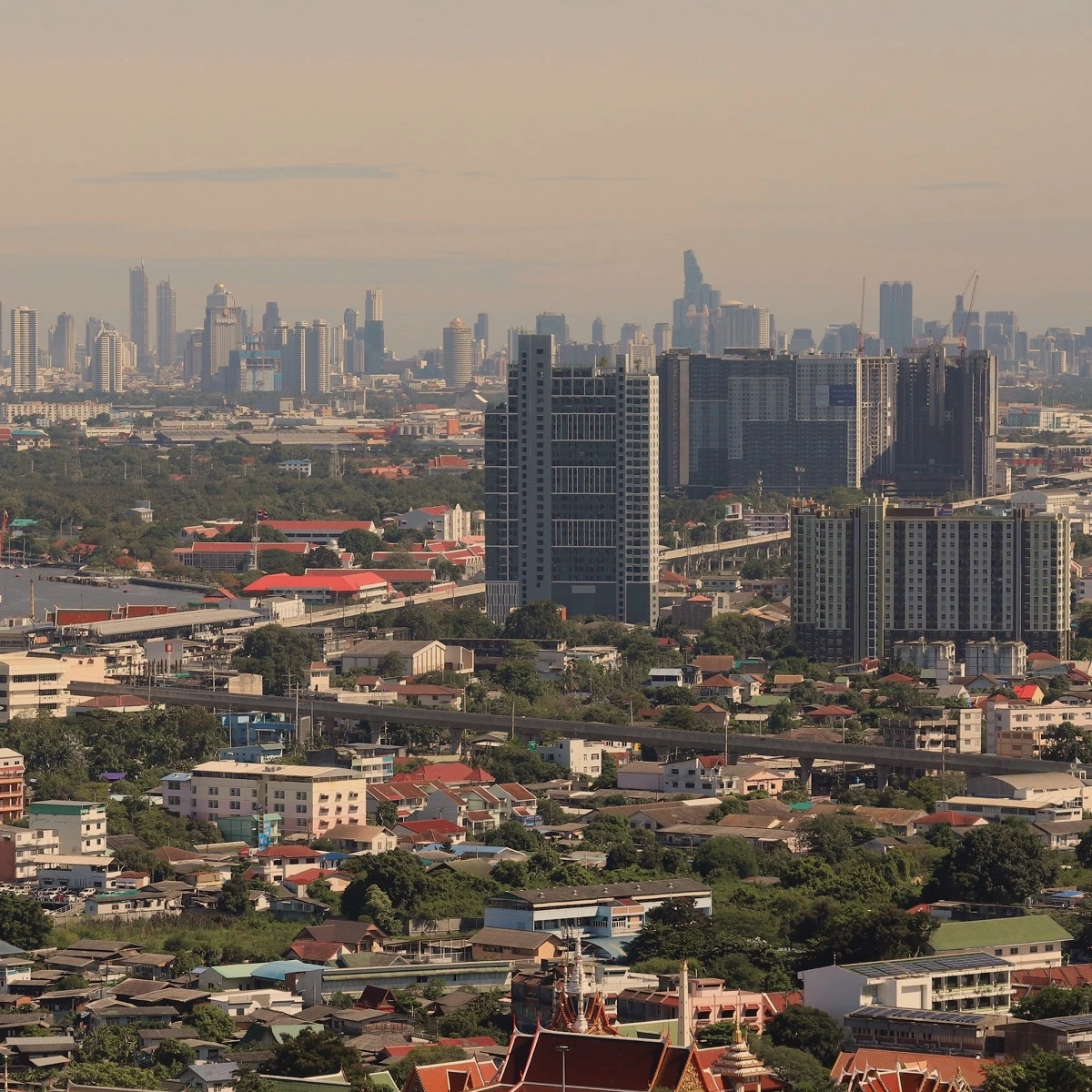
Samut Prakan Province is characterised by a blend of urban development and natural beauty, with fertile agricultural lands on the western side and a burgeoning industrial sector on the eastern side. Samut Prakan’s proximity to Bangkok makes it an attractive location for businesses and residents alike, contributing to its status as one of the top ten provinces in Thailand.
The region’s well-developed infrastructure, including major highways and public transport systems, facilitates easy access to both urban amenities and rural attractions.
One of the key factors that make Samut Prakan a top province is its economic vitality. It is home to numerous factories, logistics centres, and international businesses, making it a pivotal player in Thailand’s economy.
3. Chiang Mai Province
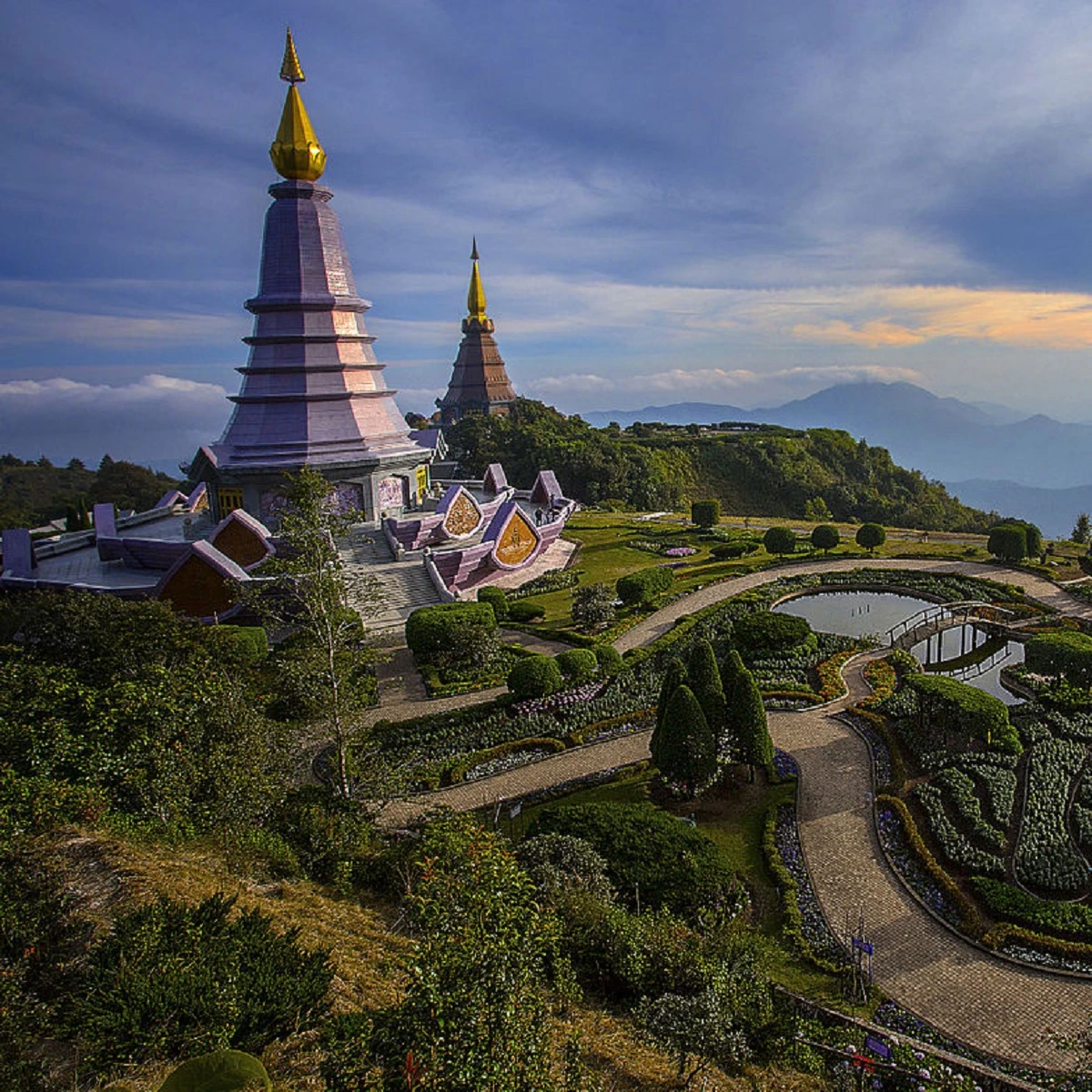
Founded in 1296 by King Meng Rai as the capital of the Lanna Kingdom, Chiang Mai has a deep historical significance that is reflected in its many ancient temples and traditional practices. The province covers an area of approximately 20,107 square kilometres and is characterised by its mountainous terrain, lush valleys, and temperate climate, which draws visitors year-round.
As the largest city in northern Thailand, Chiang Mai serves as a major economic and educational centre, attracting both domestic and international tourists. Its unique blend of historical charm and modern amenities contributes to its reputation as one of the top ten provinces in Thailand, making it a popular destination for those seeking cultural experiences and outdoor adventures.
The province offers a mix of cultural tourism, adventure sports, wellness retreats, and culinary experiences that cater to a wide variety of interests. Chiang Mai’s accessibility from Bangkok and other regions further enhances its appeal as a travel destination. The city hosts numerous festivals throughout the year, including the famous Yi Peng Lantern Festival and Songkran (Thai New Year), which showcase the rich traditions of the local culture.
4. Rayong Province
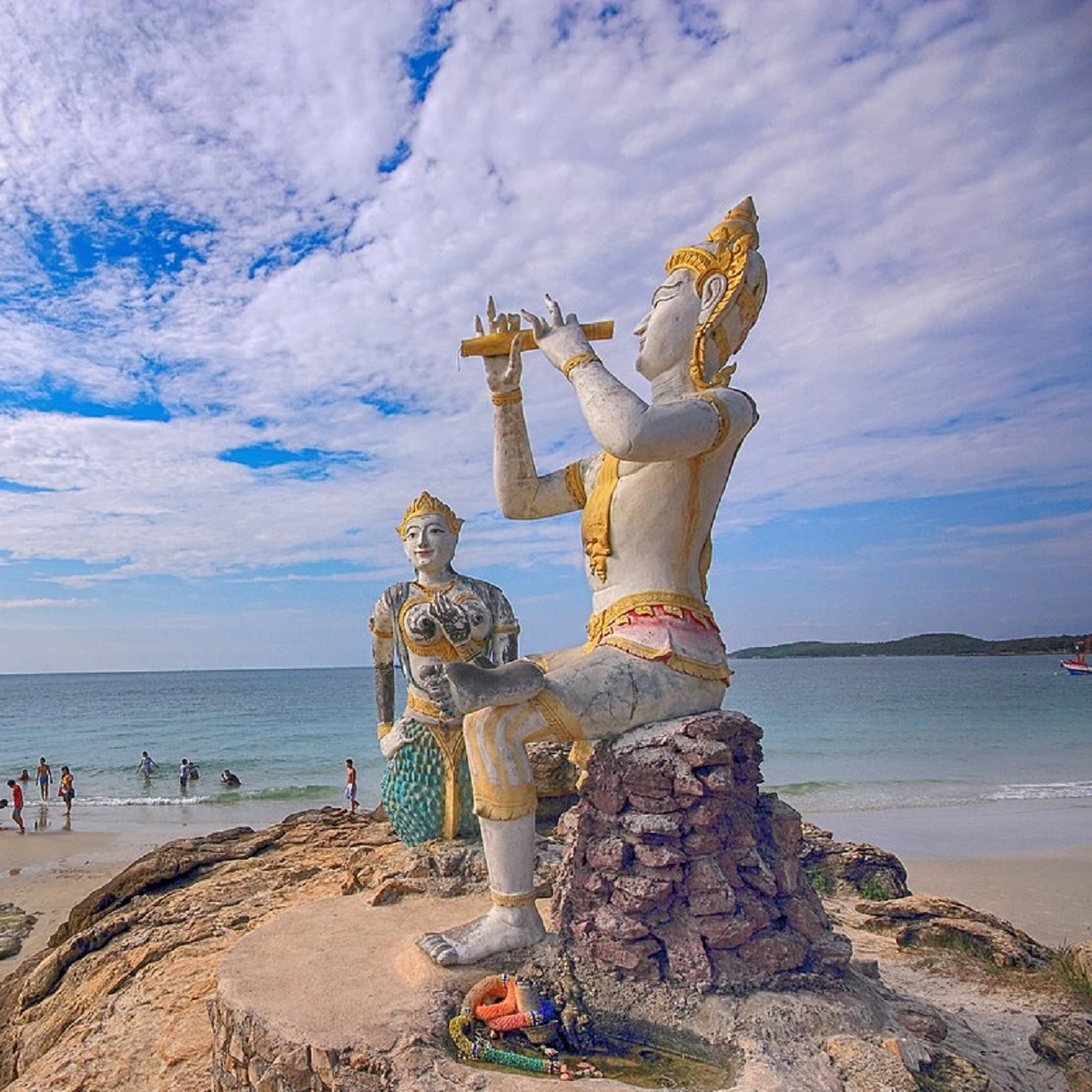
Rayong Province covers an area of approximately 3,552 square kilometres and is bordered by Chonburi to the north and Chanthaburi to the east. Rayong has evolved from a small fishing town into a major economic hub, particularly due to its role in the Eastern Economic Corridor (EEC), which aims to enhance industrial growth and attract foreign investment.
The province is home to several key industries, including petrochemicals, automotive manufacturing, and tourism, making it a vital player in Thailand’s economy. Its strategic location near Bangkok also contributes to its appeal as a residential and commercial area.
The province offers a balanced lifestyle with access to modern amenities while still retaining its natural charm through its beaches and national parks. This blend of urban development and natural beauty positions Rayong as a desirable location for residents and tourists alike.
5. Nonthaburi Province
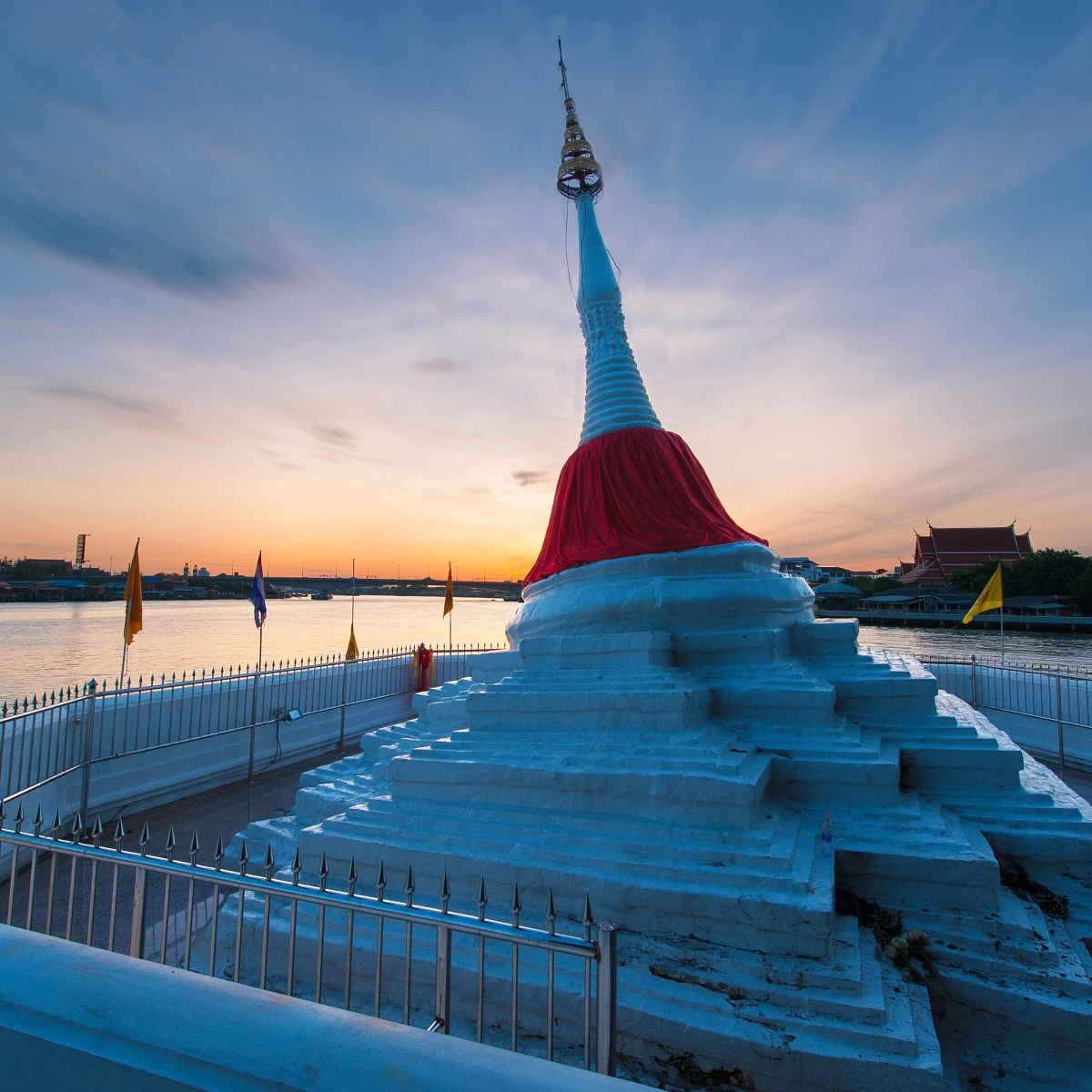
With a history dating back to the Ayutthaya Kingdom, Nonthaburi has evolved from a fertile agricultural area into a bustling residential and commercial hub. The province is characterised by its strategic location along the Chao Phraya River, which not only provides scenic beauty but also facilitates transportation and trade.
Nonthaburi is known for its high population density, making it the second most populous province in Thailand after Bangkok. The area has experienced rapid urbanization, with modern infrastructure and amenities that cater to the needs of its residents. This growth has transformed Nonthaburi into a desirable place to live, offering a blend of urban convenience and access to nature.
The province has developed into a centre for commerce, education, and healthcare, with numerous shopping centres, schools, and hospitals. Its proximity to Bangkok allows residents to enjoy city life while benefiting from lower living costs compared to the capital.
Furthermore, Nonthaburi is actively promoting sustainable urban development, aiming to enhance the quality of life through green spaces and community projects. This combination of economic opportunity, accessibility, and livability solidifies Nonthaburi’s position as a key province in Thailand.
6. Nakhon Ratchasima Province
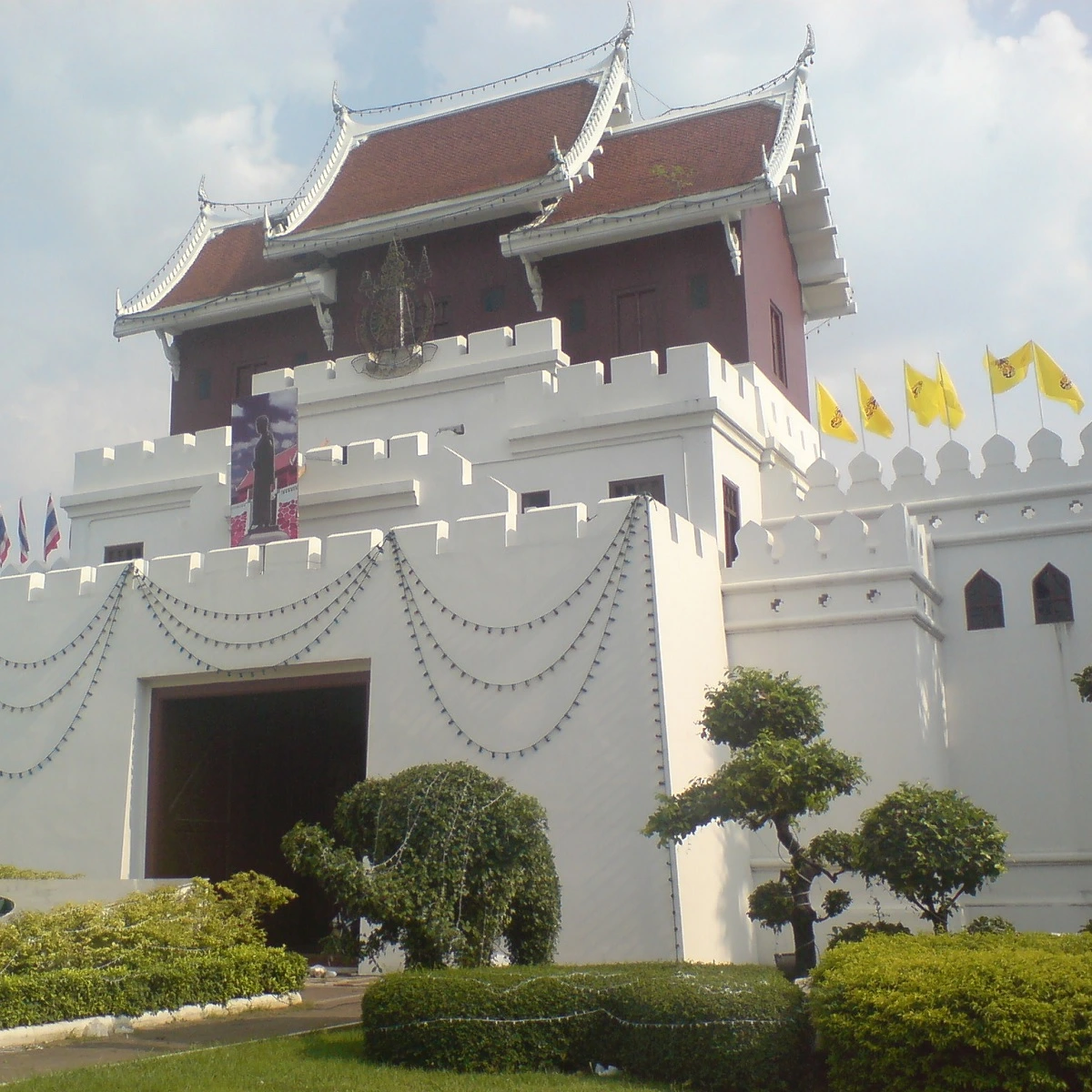
Nakhon Ratchasima Province, commonly known as Korat, is the largest province in northeastern Thailand, covering an area of approximately 20,493 square kilometres. Located about 260 kilometres northeast of Bangkok, it serves as a vital transportation and economic hub for the region. Known for its vibrant culture, Nakhon Ratchasima boasts unique traditions, including its own folk song, “Pleng Korat.”
Its strategic location and well-developed infrastructure make it an attractive destination for both residents and visitors, contributing to its status as one of the top ten provinces in Thailand.As a major agricultural centre, it produces rice, sugarcane, and various fruits.
The province also hosts numerous industrial factories that contribute to its economic growth. Additionally, Nakhon Ratchasima is home to several educational institutions that enhance its status as an educational hub in the region. The blend of modern amenities with traditional culture creates a unique living environment that appeals to both locals and tourists.
7. Pathum Thani Province
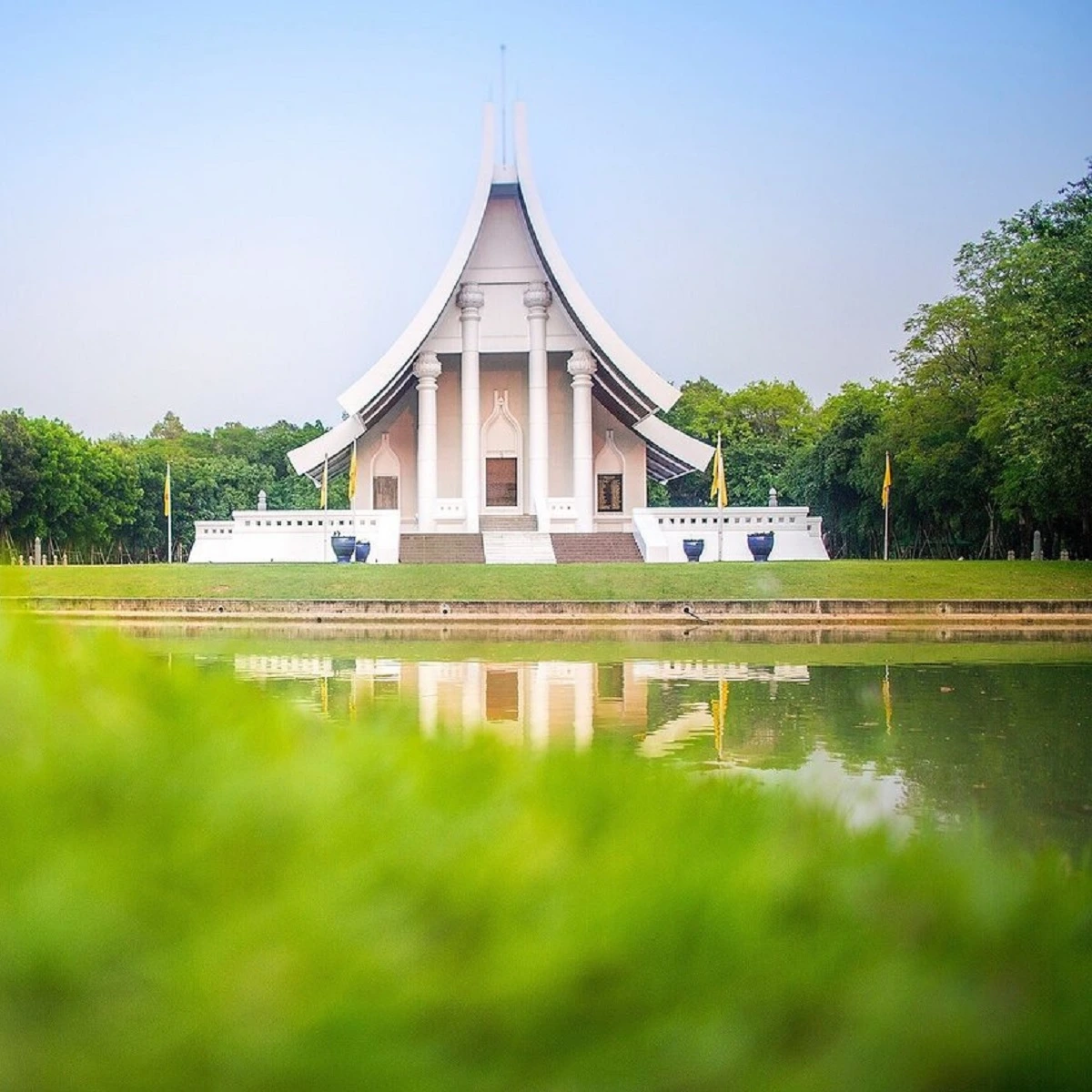
Pathum Thani Province, located just north of Bangkok, is an integral part of the Bangkok Metropolitan Area. With a history that dates back to the Ayutthaya Kingdom, it was originally settled by the Mon people who migrated from present-day Myanmar.
The province is characterised by its fertile land, extensive canal systems, and agricultural production, particularly fruits and vegetables. Pathum Thani has evolved into a bustling urban area, blending modernity with tradition. Its strategic location makes it a hub for education and technology, housing numerous universities and research institutions.
The province hosts several prestigious universities and industrial parks, making it a centre for innovation and research. This focus on higher education attracts students and professionals from across the country and beyond, fostering a vibrant community that supports economic development. Additionally, Pathum Thani’s proximity to Bangkok allows residents to enjoy urban conveniences while benefiting from a lower cost of living compared to the capital.
8. Songkhla Province
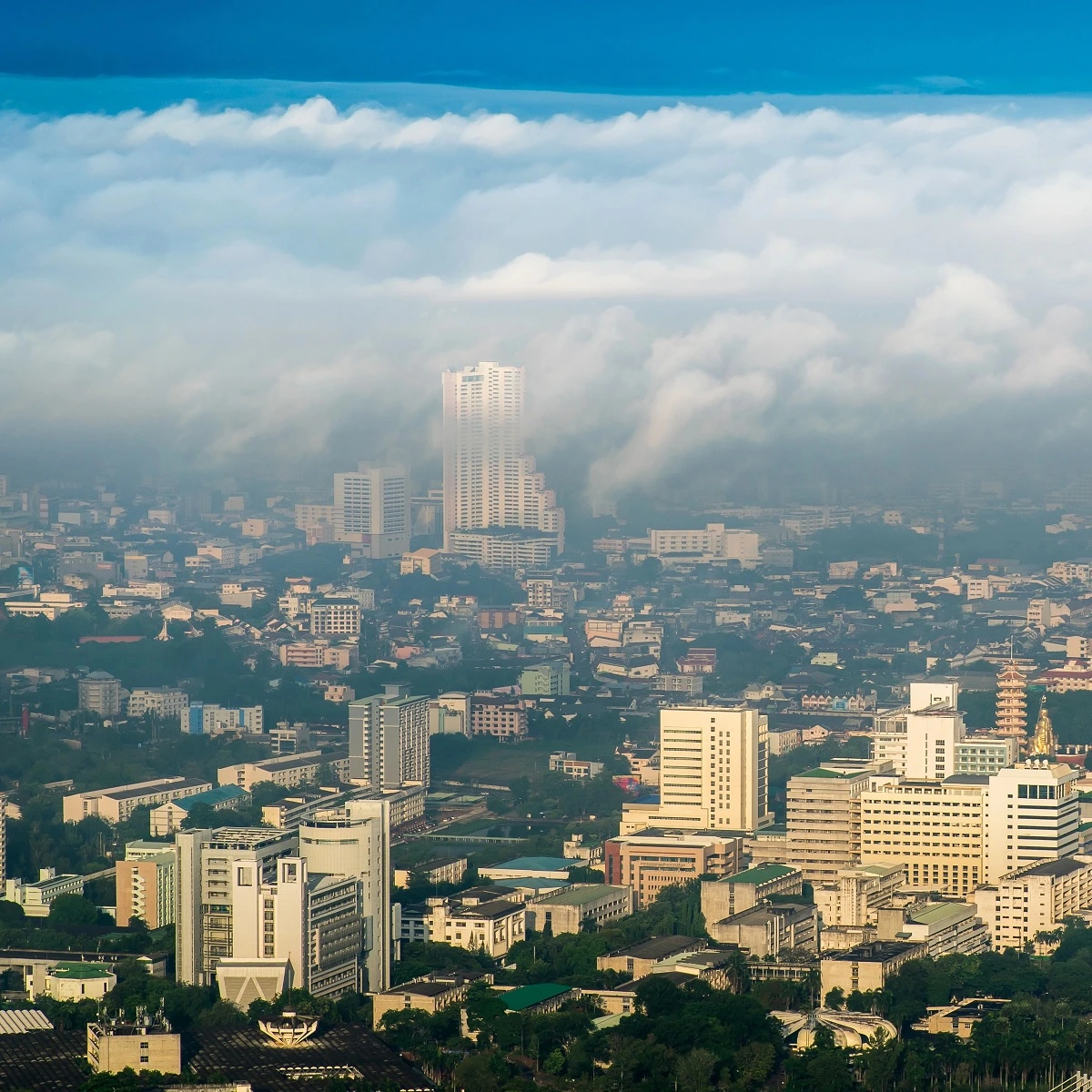
The provincial capital, also named Songkhla, is one of the oldest cities in Thailand and has served as an important trading port since ancient times. The province’s strategic location has made it a melting pot of cultures, influenced by Thai, Chinese, and Malay traditions.
Songkhla is also home to the largest natural lake in Thailand, Lake Songkhla, which supports a variety of wildlife and plays a crucial role in local fisheries. The province’s blend of historical significance, cultural diversity, and natural resources contributes to its status as one of the top ten provinces in Thailand.
9. Khon Kaen Province
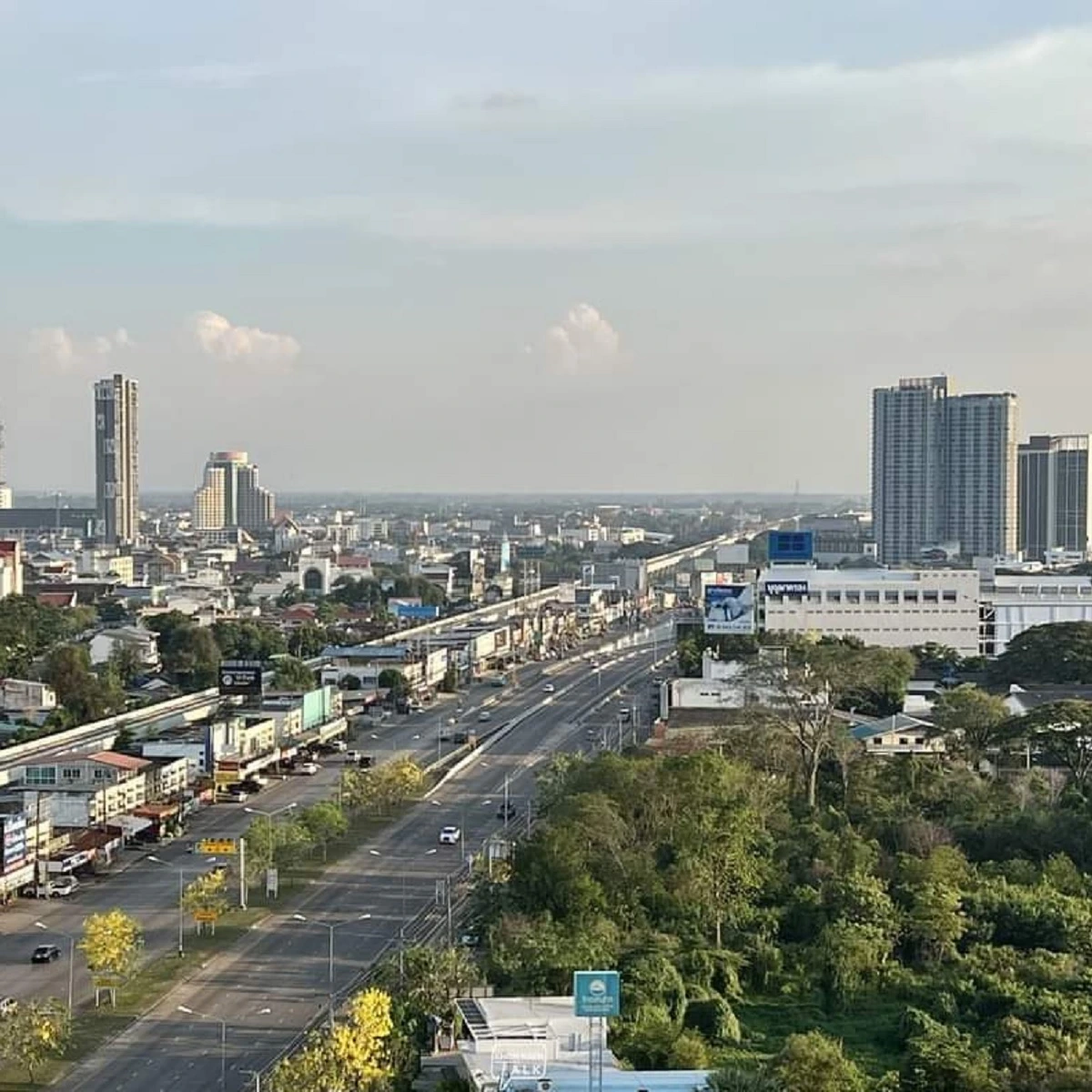
As the capital of the province, Khon Kaen City is the largest urban centre in Isaan and serves as a vital commerce and political hub. The province is characterised by its diverse landscape, which includes the Khorat Plateau, fertile plains, and river systems such as the Chi and Phong Rivers.
Historically significant, Khon Kaen has been influenced by various cultures, including the Dvaravati and Khmer civilizations, which are evident in its archaeological sites. The province is also home to Khon Kaen University, one of the largest universities in Thailand, which attracts students from across the country and contributes to the local economy. This combination of educational opportunities, cultural richness, and economic growth positions Khon Kaen among the top ten provinces in Thailand.
Its commitment to becoming a ‘Smart City’ has led to investments in infrastructure and technology aimed at enhancing the quality of life for residents. Additionally, Khon Kaen hosts numerous cultural festivals and events that celebrate its heritage, further attracting tourism and fostering community engagement.
10. Phra Nakhon Si Ayutthaya
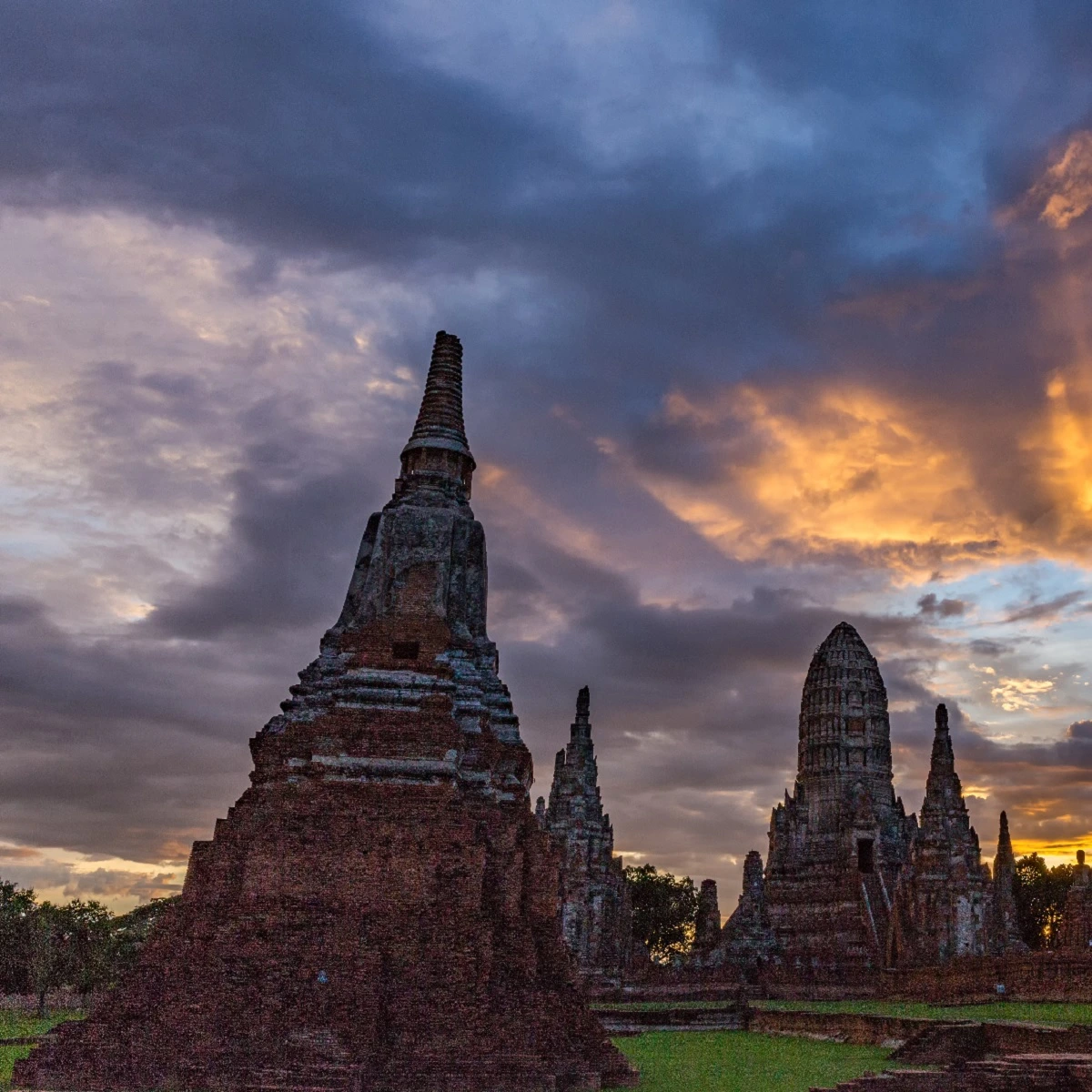
Phra Nakhon Si Ayutthaya Province, commonly known as Ayutthaya, is a historically rich region located in central Thailand, approximately 80 kilometres north of Bangkok. Founded in 1351, Ayutthaya served as the capital of the Kingdom of Siam for over 400 years and was a significant centre for trade and diplomacy. The province is renowned for its impressive ruins and ancient temples, which reflect the grandeur of its past as one of Southeast Asia’s most prosperous cities.
The city was strategically built at the confluence of three rivers, facilitating trade and cultural exchange. Today, the province is recognised as a UNESCO World Heritage Site, preserving its historical significance and attracting visitors from around the globe. Its blend of rich history, cultural heritage, and archaeological treasures contributes to its status as one of the top ten provinces in Thailand.
The future of Thailand
- Economic growth projections: Thailand’s GDP is expected to grow by 2.4% in 2024, up from 1.9% in 2023, with a further increase to 2.8% in 2025 driven by consumer spending, tourism recovery, and exports.
- Role of secondary cities: Secondary cities are becoming vital for Thailand’s economic future, with per capita GDP growth in these areas nearly 15 times higher than in Bangkok. Investments in infrastructure and human capital are crucial for enhancing their productivity.
- Tourism recovery: Tourist arrivals are projected to surge to 36.1 million in 2024, nearing pre-pandemic levels, as international travel resumes, particularly from China.
- Investment opportunities: The government is focusing on attracting investments in high-tech industries and sustainable development practices to enhance global competitiveness and economic growth.
- Challenges ahead: Thailand faces demographic challenges, including an ageing population and political uncertainties that may impact economic stability and growth.
- Infrastructure development: Continued investment in infrastructure is essential for supporting urbanization and improving connectivity between provinces.
- Sustainable practices: Emphasis on sustainability will be key to balancing economic growth with environmental considerations, ensuring long-term viability.
- Cultural festivals and events: Provinces are leveraging cultural festivals to attract tourism, showcasing local traditions while boosting community engagement.
These regions not only drive economic growth but also enhance quality of life through robust infrastructure and innovative practices. While challenges like income inequality and sustainable development persist, the potential for continued progress remains strong. By focusing on green technology and equitable access to resources, these provinces can lead the way in balancing growth with environmental and social responsibility.
Depending on whether how developed a province is, it can affect the cost of living in them to various degrees like the varying costs of living in the Northeast of Thailand. So make sure to look at more reasonable factors like how comfortable you are in a region before you judge how much you like it.
Frequently asked questions
What factors determine the level of development in a Thai province?
The level of development in a Thai province is typically determined by factors such as GDP per capita, infrastructure quality, access to healthcare and education, industrialization, and tourism development.
Which is the most developed province in Thailand?
Bangkok is considered the most developed province in Thailand due to its status as the capital city, its extensive infrastructure, economic influence, and its role as a cultural and political hub.
What are some key developed provinces in Thailand besides Bangkok?
Chonburi: Known for its industrial estates and the coastal city of Pattaya.
Rayong: Home to the Map Ta Phut Industrial Estate, a major petrochemical hub.
Phuket: A major tourist destination with significant investments in infrastructure.
Chiang Mai: Known for its cultural heritage and growing IT sector.
Pathum Thani: Part of the Bangkok Metropolitan Region, with strong educational and research institutions.
Why is Chonburi considered a developed province in Thailand?
Chonburi is developed due to its combination of industrial growth, particularly with the Eastern Economic Corridor (EEC), and tourism, especially in Pattaya. The province benefits from substantial infrastructure and investment.
What role does education play in the development of these provinces?
Education is a critical factor in provincial development. Provinces like Pathum Thani and Chiang Mai have numerous universities and research centres, contributing to a skilled workforce and innovation.
How does tourism impact the development of Thai provinces?
Tourism significantly impacts the development of provinces like Phuket and Chiang Mai, creating jobs, prompting infrastructure improvements, and attracting foreign investment.
What are some challenges these developed provinces face?
Despite their development, these provinces can face challenges like urban congestion, environmental concerns, resource management, and the need for sustainable tourism practices.
Latest Thailand News
Follow The Thaiger on Google News:


























